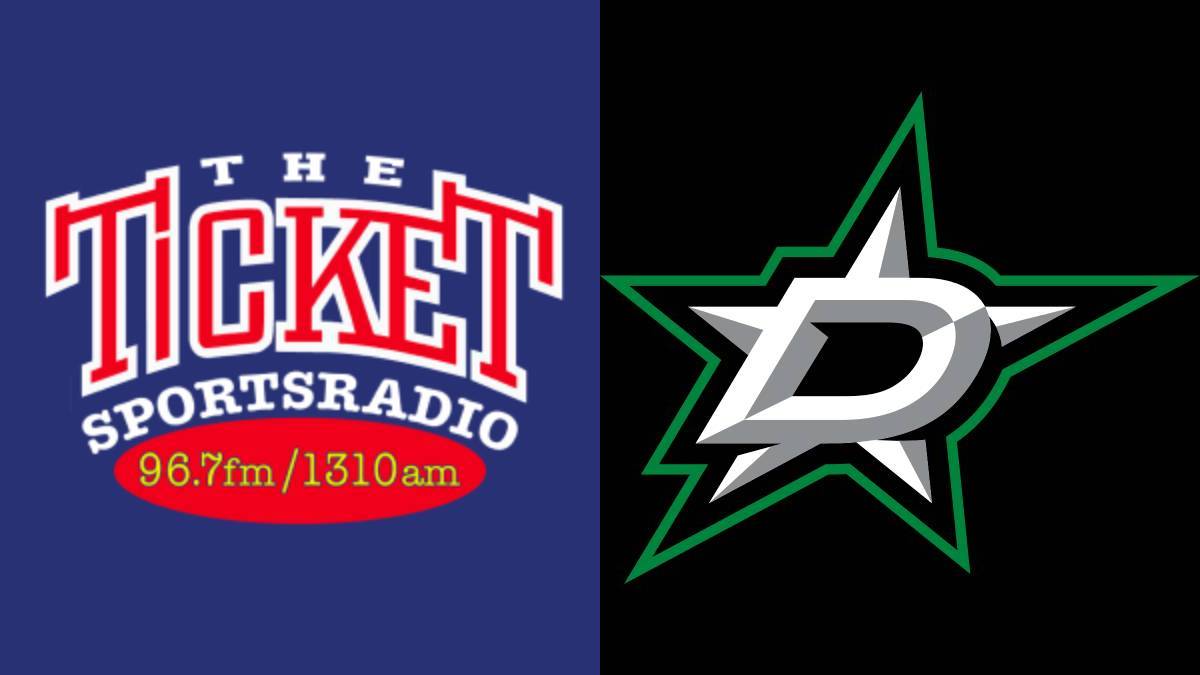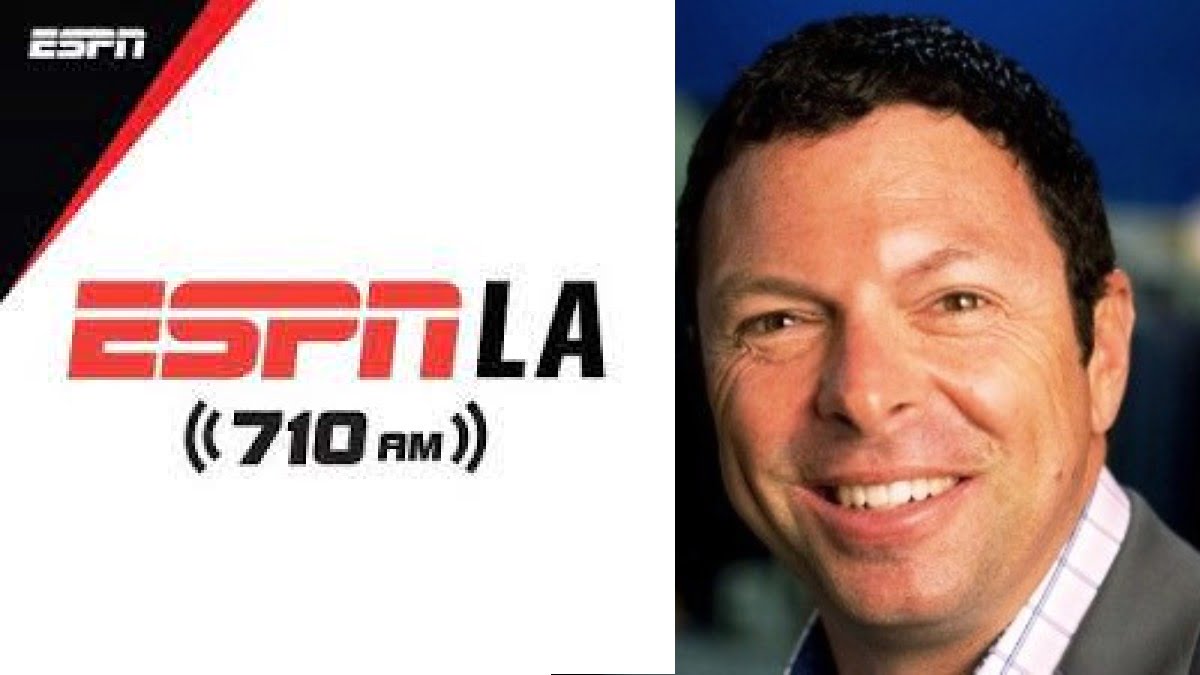I subscribe to probably too many publications, but if I had to cut back to just a couple, The Wall Street Journal would be one of the winners. A WSJ article on October 8, “The US Economy’s Secret Weapon: Seniors With Money to Spend”, caught my attention and lends more credence to the question “What is wrong with marketers?”
Some statistics from the article: According to the Census Bureau, 17.7 percent of the US population is now 65 or older, the highest percentage since records began in 1920. That group accounted for 22 percent of spending last year, the highest since records began in 1972 and up 15 percent since 2010.
Want another eye-opening stat? The Federal Reserve says that the 70+ age group holds almost 26 percent of all the household wealth in the country, the highest since the Fed started tracking that figure in 1989. Put it this way: over one of every four dollars of wealth in this country belongs to people who are 70 or older. According to the article, one noted forecaster, Ed Yardeni, thinks the US won’t have a recession because boomers have over $77 trillion in wealth. That’s trillion with a “t”.
The group with the lowest share of spending? It’s the 25-34 group, of course, and it’s not even close. Try less than 15 percent of consumer spending.
The data don’t lie and as a member of the boomer generation, I can vouch for the spending part. In 2023, I’ve purchased a home, moved, furnished the new house along with the requisite money pit expenditures that every house seems to require, and my girlfriend and I are getting ready for a major (and expensive) vacation. As the WSJ article noted, my generation has less consumer debt, our student debt was paid off long ago, and higher interest rates are less likely to concern us.
Meanwhile, radio is forced to sell the 25-54 demo and much of television focuses on 18-49. Maybe that works for some marketers, for example, quick serve restaurants. I doubt Taco Bell’s marketers think their future lies with the 65+ crowd, but do you really believe most of my generation follows social media influencers? Or at least influencers under 50?
I also have too many streaming subscriptions, but still watch some cable and broadcast television. It’s easy to see one category still after my demo and that’s the pharma. Apparently, we boomers have all sorts of maladies that we didn’t know we had, but we should ask our doctors about starting on each of these new wonder drugs.
Of course, we have to be careful because, according to the spots, we shouldn’t take the new drug if we’re allergic to it (how would anyone know you’re allergic to a drug if you’ve never taken it before?), which seems about as useful as the warning on a ladder that you could fall off it and hurt yourself. I’ve also seen spots for Viking River Cruises, which are apparently popular in my demo.
I see plenty of spots for high end vehicle lines with young people driving who probably can’t make the payments, unless they’re professional athletes, artists, or of course, successful social media influencers. It was impressive to see a spot for the Genesis electric SUVs recently that had no people in it…the visuals just focused on the vehicles. And yes, they’re in the $60-$80K range.
My point is the same one that’s been harped on for 40 years or more which is the older generation has the money and can spend it. Meanwhile, marketers go after younger people in the fervent (and probably misguided) hope that if you can get a customer early, you might have one for life. And when was the last time you ran into a 65+ media buyer or planner? We’re retired and out spending our money.
This disconnect is analogous to a recent trade press article citing an iHeart/Pushkin study suggesting that marketers are out of touch with the general population. The country is more South and West, more inward-looking, and not as likely to head to the gym or order an Aperol spritz (full disclosure: I have ordered an Aperol spritz in Bowling Green and have a gym membership).
What else do we know about the 65+ demo? We use more traditional media, especially broadcast radio. Yes, we stream and listen to podcasts as well, but the balance between traditional and digital is different. Marketers should be aware of the data; don’t expect the numbers and percentages to change any time soon. It’s an old adage: Follow the money!
Let’s meet again next week.






